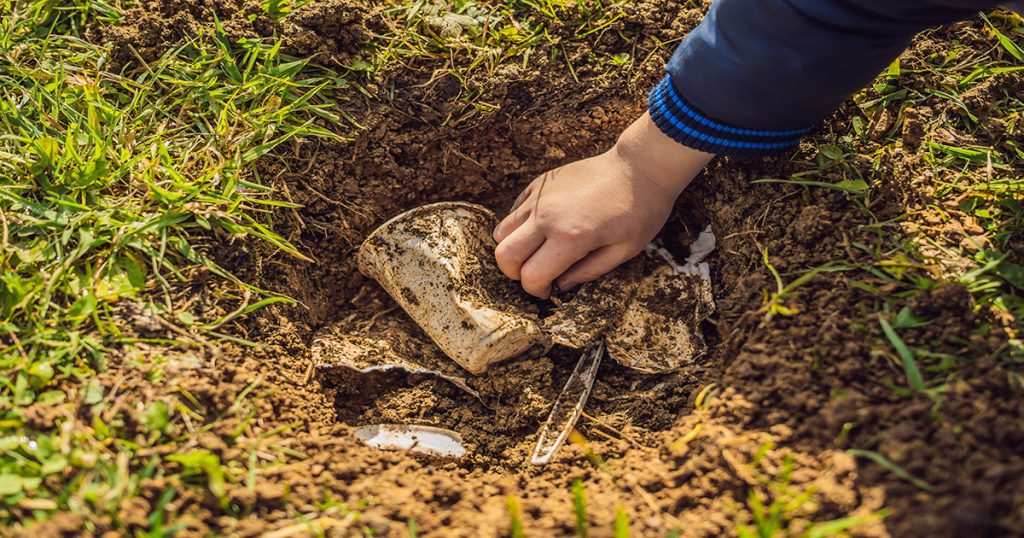
It’s undeniable that we are currently living in a global environmental crisis. We have polluted the Earth to the point of global warming, increasing global sea levels and mass animal extinction. Our Earth is suffering the effects of years of neglect and man-made abuse.
The Current Environmental Situation
By 2050, it’s predicted there will be a 70% increase in global waste and energy-oriented carbon dioxide. Without urgent action to reduce our waste and the damages we’re creating, we may only be digging ourselves into a bigger hole.
At Livingstone, we understand that creating environmental decisions are crucial in order to reverse the world’s environmental crisis.
However, it isn’t too late to start making changes in order to reverse the negative impact we’ve created.
Livingstone’s Commitment
Livingstone is committed to making positive changes through the company and its products. We aim to have our products and its packaging more eco-friendly and environmentally sustainable in the near future.
Our goal is to have 75-100% of our products and packaging recyclable, refillable, reusable, recycled or recoverable by 2022. Biodegradable packaging and alternatives to our non-recyclable products have also started to be implemented.
Aside from our products, we are ensuring that our offices and warehouses are contributing to this mission. We have initiated recycling programs in our offices and warehouses to ensure that recyclable waste is being disposed correctly.
Plastic Matters
We are currently in the process of switching our packaging from polyethylene to polypropylene due to its ease of recyclability.
Polypropylene has been tested amongst other plastic materials and the result states it is the safest in terms of recyclability. The Centre for International Law have tested and proven this theory.
Unlike other plastics, polypropylene is BPA, styrene and DEHP free – making it not only safer for human use, but also better for the environment. It is more tolerant to heat and high temperatures and it doesn’t release toxic substances such as hydrolicacids and chlorocarbons. Polypropylene instead only releases carbon dioxide and water during the degradation process. Nature can absorb both these components.
Recyclability
Polypropylene is highly recyclable as it is flexible and can be separated and combined with other plastics. This minimises the chances of plastic waste being incorrectly disposed of.
Products and packaging made of polypropylene are more likely to be recycled, in comparison to those made out of other materials.
Carbon Footprint
Another benefit of making the switch to polypropylene is that it reduces our carbon footprint.
A research conducted by the University of Delhi in India found that polypropylene generally generates 40-50% less greenhouse gas emissions which are common gases found in plastic. It means, if disposed incorrectly, it will emit far less greenhouse gases than other plastics during the degradation process.
Conclusion
Since making our sustainability commitment, we’ve been sourcing ways on how we can be more environmentally conscious as a company. We are in the process of finding new innovations and alternatives to to our non-biodegradable and non-recyclable products, as well as our practices in our office and warehouses and we hope we’ll be able to share it with you soon!
View our biodegradable products on our website: www.livingstone.com.au
References
Centre for International Law 2019, Plastic & Health: The Hidden Costs of a Plastic Planet, accessed 29 October 2019, Pg30 <https://www.ciel.org>
PLOS One 2018, Production of Methane and Ethylene From Plastic in the Environment, accessed 29 October 2019 <https://journals.plos.org>




